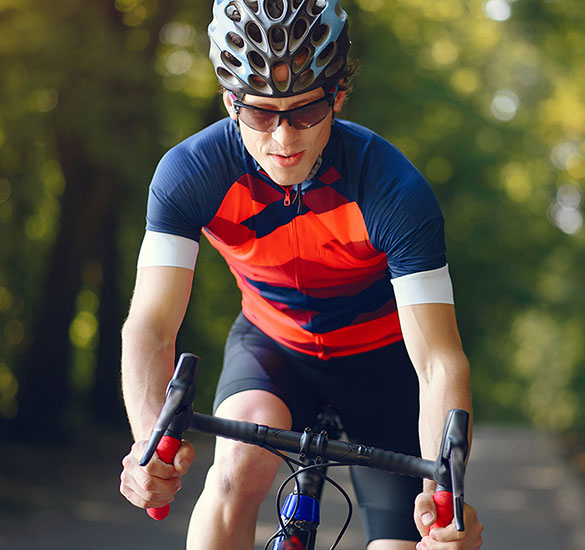What Makes Up Our Eyes
- CORNEA
- PUPIL
- IRIS
- LENS
- RETINA
- MACULA
- VITREOUS
- OPTIC NERVE
- SCLERA
- CILIARY BODY
- CHOROID
CORNEA
Transparent front segment of the eye that covers iris, pupil, and anterior chamber, and provides most of an eye's optical power.
PUPIL
Variable-sized, circular opening in center of iris; it appears as a black circle and it regulates the amount of light that enters the eye.
IRIS
Pigmented tissue lying behind the cornea that gives you your eye color and controls the amount of light entering the eye by varying size of the pupil. It also separates the anterior chamber from the posterior chamber.
LENS
Natural lens of eye; transparent intraocular tissue that helps bring rays of light to focus on the retina.
RETINA
Part of the eye that converts what we see into electrical impulses sent along the optic nerve for transmission back to the brain. Consists of many layers and includes our rods and cones.
MACULA
Small, specialized central area of the retina responsible for the sharpest central vision.
VITREOUS
Transparent, colorless, gelatinous filling; in the rear two-thirds of the interior of the eyeball, between the lens and the retina.
OPTIC NERVE
Largest sensory nerve of the eye; carries impulses for sight from retina to brain.
SCLERA
The white part of the eye; a fibrous protective layer that along with the cornea makes up the outer protective layer of the eyeball.
CILIARY BODY
A muscular ring under the surface of the eyeball; helps the eye focus by changing the len’s shape and also produces aqueous humor.
CHOROID
The vascular layer between the sclera and the retina; the blood vessels in the choroid help provide oxygen and nutrients to the eye.
Frames





Sport Glasses
If you play sports, you should keep two things in mind related to your vision: protection and precision. Sports lenses protect the wearer’s eyes. Protective lenses are more resistant to impact than glass or plastic and offer protection for 90% of eye injuries.
Specialized lenses optimize your vision. Depending on your sport, certain lenses are more appropriate than others. Dark, UV protection lenses are great for baseball and other outdoor sports. Golfers can benefit from gray-brown colored lenses which make it easier to outline the course and increase contrast. Sports that encounter either road or water glare greatly benefit from polarized lenses to increase awareness and comfort.


